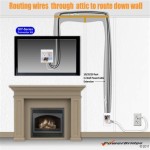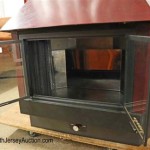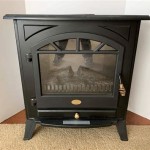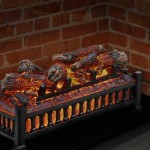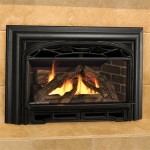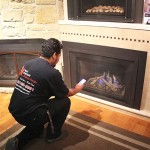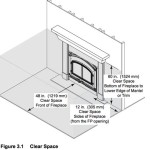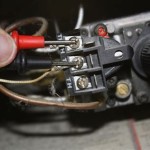Build a Cozy Wood Burning Fireplace: An Essential Guide
A wood burning fireplace adds warmth, ambience, and a touch of rustic charm to any home. Building one from scratch requires careful planning, material selection, and skilled craftsmanship. This comprehensive guide will take you through the essential aspects of constructing a wood burning fireplace, ensuring a safe and functional addition to your home.
Planning and Design
Before embarking on construction, it is crucial to plan the fireplace's location, size, and design. Consider the room's dimensions, existing décor, and chimney placement. Draw out a detailed plan that includes the hearth, firebox, mantle, and any decorative elements. Determine the BTU output required to adequately heat the space.
Materials and Tools
The choice of materials is paramount for the fireplace's durability and functionality. Firebrick or refractory bricks withstand high temperatures and form the firebox lining. A steel fire grate provides support for the firewood and allows air to circulate. A sturdy hearth pad protects the floor from embers. Other essential tools include a level, measuring tape, mortar, and pointing trowel.
Building the Firebox
Construct the firebox using firebrick or refractory bricks. Lay the bricks in a staggered pattern to ensure stability. Use mortar to seal the joints and create a tight seal. Install the fire grate at the base of the firebox, ensuring it is level and secure. The firebox should be slightly wider at the top than the bottom to promote air flow.
Creating the Hearth
The hearth extends beyond the firebox and protects the floor from embers. Use firebrick, stone, or tile to create a durable and aesthetically pleasing hearth. Ensure the hearth is level and extends at least 16 inches in front of the fireplace opening to meet building code requirements.
Installing the Mantle
The mantle adds a decorative touch to the fireplace. It can be made of wood, stone, or metal. Ensure the mantle is securely attached to the wall and extends over the firebox to provide adequate protection from smoke and embers. Add any additional decorative elements or trim as desired.
Chimney and Flue
The chimney is essential for venting smoke and gases from the fireplace. It should be constructed of metal or masonry and extend above the roofline. The flue runs through the chimney and connects to the firebox. Ensure the chimney and flue are properly sized and installed to meet building codes and provide efficient draft.
Finishing Touches
Once the structural components are complete, add finishing touches to enhance the fireplace's appearance and functionality. Seal the mortar joints with fire-resistant caulk. Paint or stain the mantle or add a stone veneer to the firebox. Install a fire screen to protect the room from sparks and embers.
Conclusion
Building a wood burning fireplace is a rewarding project that adds warmth, charm, and functionality to your home. By carefully following the steps outlined in this guide, using high-quality materials, and adhering to building codes, you can create a safe and inviting focal point that will provide years of enjoyment.

Wood Burning Fireplace In New Construction Portland

Build Or Remodel Your Own House Fireplace Problems Prefab Inserts Parts

New Wood Burning Prefab Fireplaces Complete Fireplace Installs

Fireplace Installation Full Service Chimney Serving Kansas City Area

Wood Burning Fireplace Construction Google Search Planos De Chimeneas Leña

All About Prefabricated Fireplaces Chimney Savers

New House Update Plumbing Hvac Electrical And Fireplace Wildfire Interiors
Warped Issues With Prefab Fireplaces A Fire Danger Right In Front Of You Ncw Home Inspections Llc

How To Build A Fireplace Red Cottage Chronicles

New Wood Burning Prefab Fireplaces Complete Fireplace Installs

